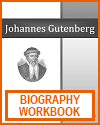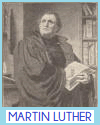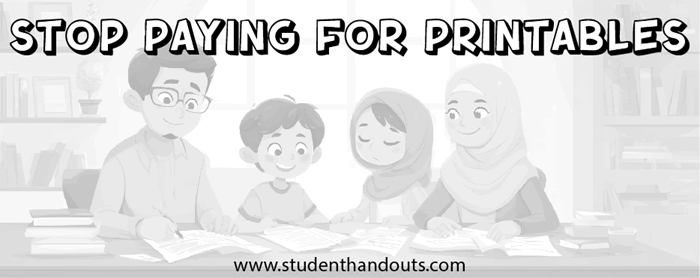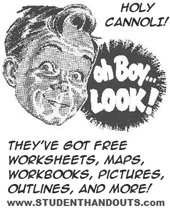Utilizing a wide variety of educational materials can greatly enhance high school World History students' understanding of the Protestant Reformation, a transformative period that reshaped religion, politics, and society in Europe. Relying solely on textbooks may limit students' engagement and grasp of the Reformation's complexity. By incorporating primary sources—such as excerpts from Martin Luther's 95 Theses or writings by John Calvin—students gain firsthand insight into the ideas and motivations behind the movement.
Visual materials like maps, timelines, and art from the period help students see how the Reformation spread geographically and influenced different regions. Political cartoons and church imagery reveal the tensions and criticisms of the time, while biographies and historical fiction can humanize key figures and events. Documentaries and dramatized films provide engaging narratives and visual context, making abstract religious and political issues more relatable and easier to comprehend.
Interactive resources, including educational games or digital simulations, allow students to role-play reformers, monarchs, or church leaders, encouraging them to think critically about historical decisions and consequences. By using a diverse range of materials, educators can address different learning styles and reinforce key concepts from multiple angles. This comprehensive approach promotes deeper understanding and helps students connect the Reformation to broader historical themes and modern ideas about faith, power, and reform.
|










